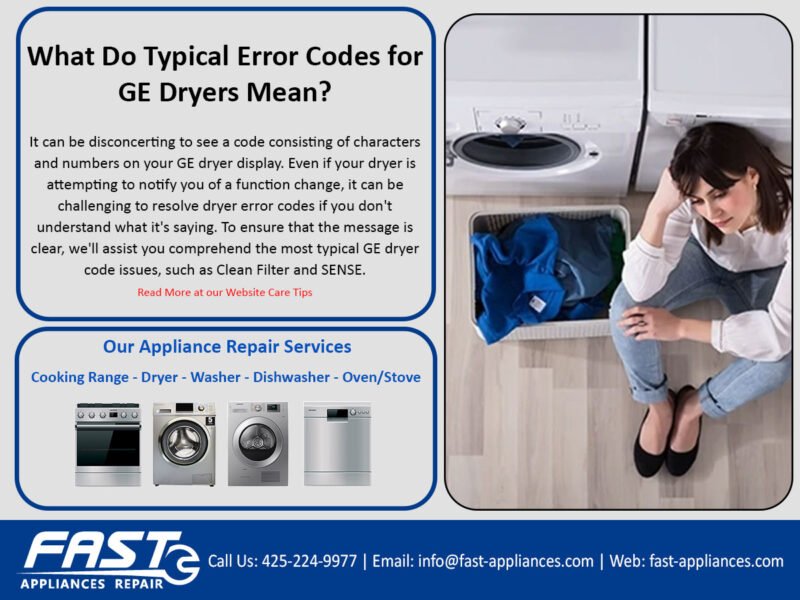
The main thing you need to know is that your dryer is trying to tell you something’s up with the airflow or temperature. Imagine when you’re trying to run on a treadmill with a stuffy nose; it’s just not going to function properly. Similarly, if the airflow in your dryer is restricted, it’s going to gasp and eventually give up, resulting in that pesky E1 code. In other words, it’s like your dryer is working up a sweat, inching towards overheating, and it simply stops to prevent any damage.
Understanding the Role of Airflow in Dryers
A dryer relies heavily on proper airflow to operate efficiently. Think of it like trying to grill a steak – without enough heat or smoke circulation, you’re left with a cold, raw piece of meat. The same principle applies to your dryer. Proper airflow ensures that the hot air circulates through your clothes, evaporating moisture and leaving them dry and warm.
When your dryer’s vent is blocked, it’s like trying to breathe through a straw filled with marbles – it’s just not going to happen! This blockage usually leads to the dryer overheating, which then triggers the E1 error code. You might find that the culprit is a lint buildup within the vent duct, which is quite common, especially if regular maintenance isn’t conducted. So, if your dryer’s vent is akin to a congested freeway, it’s time to clear the traffic!
Now, you might be wondering how to fix this. Luckily, the solution often involves a little cleanup. Unplug your dryer, detach the vent hose, and get rid of any lint or debris. A vacuum cleaner can be your best friend here. Once the vent is free and clear, reconnect everything and see if your dryer is ready to get back to work.
The Importance of a Functional Thermistor
The thermistor is another crucial component that might be to blame for that E1 code. If the airflow is like the breath of fresh air for your dryer, then the thermistor is like its thermostat. It’s responsible for regulating the temperature inside the dryer drum. When it fails, the dryer can’t accurately gauge the temperature, leading to possible overheating.
So, what causes a thermistor to malfunction? Over time, wear and tear, electrical faults, or even power surges can tamper with its functionality. A malfunctioning thermistor leads to inaccurate temperature readings, prompting the dryer to flash the E1 error code as a protective measure.
If you suspect the thermistor is the issue, you might need a little help from your trusty multimeter (or a professional if you’re not the DIY type). By testing the resistance, you can determine if it’s faulty. If the reading is off, you’ll need to replace it. This is a part where a seasoned technician could come in handy, especially if you’re not familiar with electrical components.
Preventative Measures to Avoid E1 Errors
Prevention is always better than cure, and the same applies to avoiding the dreaded E1 error. Regular maintenance can significantly reduce the chances of encountering this error. Think of it as taking your car for regular oil changes to ensure it runs smoothly.
Firstly, ensure the vent hose is cleaned regularly. Set a reminder, maybe once every three months, to detach it and remove any lint. This simple act can help maintain proper airflow, which as we know, is crucial for your dryer’s performance. Likewise, inspecting the vent outside the house for blockages can keep things running smoothly.
Secondly, keep an eye on your dryer’s thermistor. If you notice your clothes are hotter than usual or the dryer is stopping frequently, it might be a sign that the thermistor needs checking. Regular professional servicing could spot early signs of trouble before they become major issues.
In conclusion, while the E1 error code can seem daunting, understanding its causes and implementing regular maintenance can keep your GE dryer running efficiently. It’s all about ensuring good airflow and a well-functioning thermistor. By taking these simple steps, you’ll not only prevent errors but also prolong the life of your trusty dryer. So, next time your dryer flashes that little error code, you’ll know exactly what to do.